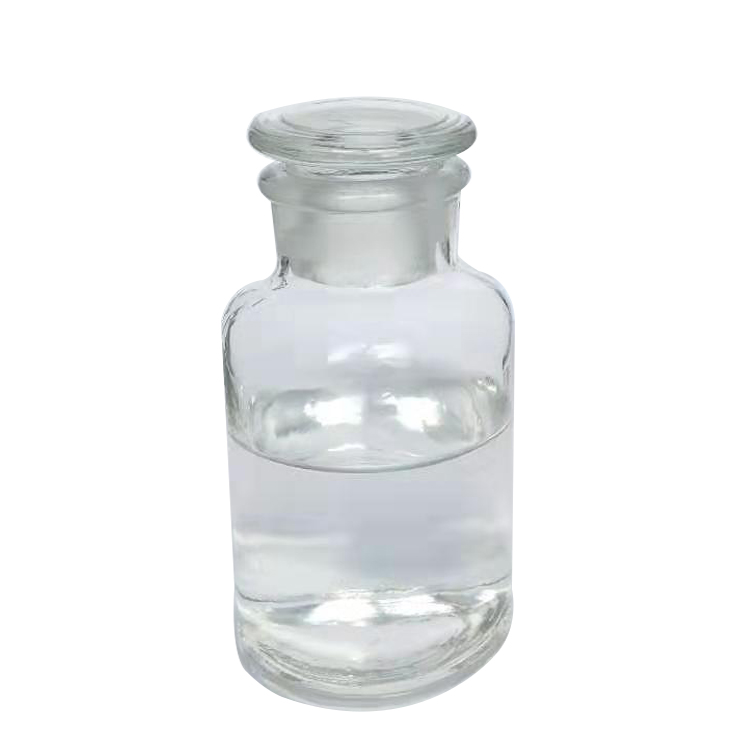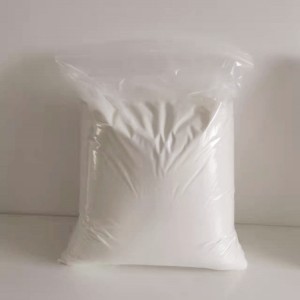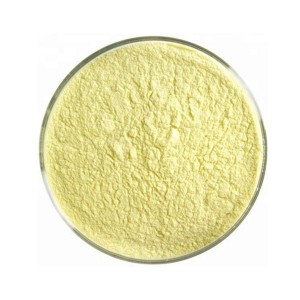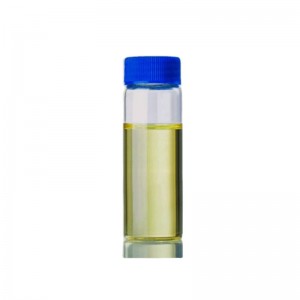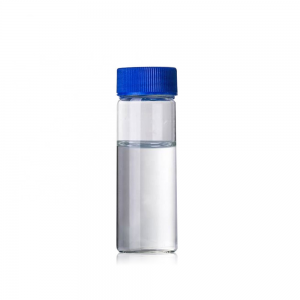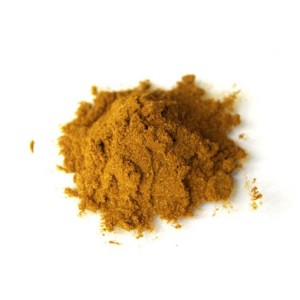I-Dibutyl Phthalate Isetshenziswa Njenge-Pasticizer ye-Nitrocellulose
Imininingwane Yomkhiqizo
| Igama | I-Dibutyl phthalate |
| Inombolo ye-CAS | 84-74-2 |
| Ifomula yamangqamuzana | I-C16H22O4 |
| Isisindo samangqamuzana | 278.34 |
| Inombolo ye-EINECS | 201-557-4 |
| Iphoyinti lokuncibilika | -35 °C (ukukhanya) |
| Iphuzu elibilayo | 340 °C (okhanyisiwe) |
| Ukuminyana | 1.043 g/mL ku-25 °C (okhanyisiwe) |
| I-Vapor Density | 9.6 (vs air) |
| Umfutho we-vapor | 1 mm Hg ( 147 °C) |
| Inkomba ye-refractive | n20/D 1.492(lit.) |
| Iphoyinti le-Flash | 340 °F |
| Izimo zokugcina | 2-8°C |
| Ukuncibilika | Incibilika kakhulu otshwaleni, ether, acetone, benzene |
| Ifomu | Uketshezi |
| Umbala | I-APHA:≤10 |
| Amandla adonsela phansi athize | 1.049 (20/20℃) |
| I-polarity ehlobene | 0.272 |
Omqondofana
I-ARALDITERESIN;PHTHALICACID,BIS-BUTYLESTER;PHTHALICACIDDI-N-BUTYLESTER;PHTHALICACIDDIBUTYLESTER;N-BUTYLPHTHALATE;O-BENZENEDICARBOXYLICACIDDIBUTYLESTER;Benzene-1,2-dicarboxylicaciddiPHDIBUTYLESTER;ALA
Incazelo
I-Dibutyl phthalate, eyaziwa nangokuthi i-dibutyl phthalate noma i-dibutyl phthalate, isiNgisi: I-Dibutylphthalate, iwuketshezi olunamafutha angenambala olusobala olunamandla adonsela phansi angu-1.045 (21°C) kanye nephoyinti elibilayo elingu-340°C, elingancibiliki emanzini, lincibilika emanzini futhi liyashintshashintsha, kodwa liyakwazi ukuncibilika kalula. i-ethanol, i-ether, i-acetone ne-benzene, futhi iphinde ixubane nama-hydrocarbon amaningi. I-Dibutyl phthalate (DBP), i-dioctyl phthalate (DOP) kanye ne-diisobutyl phthalate (DIBP) amapulasitiki amathathu ajwayelekile, okungamapulasitiki, irabha yokwenziwa kanye nesikhumba sokwenziwa, njll. amapulasitiki asetshenziswa kakhulu. Itholakala nge-thermal esterification ye-phthalic anhydride ne-n-butanol.
Chemical Properties
Uketshezi olunamafutha abonakalayo angenambala olunephunga elimnandi kancane. Incibilika kuzincibilikisi ezivamile eziphilayo nama-hydrocarbon.
Isicelo
-Isetshenziswa njenge-plasticizer ye-nitrocellulose, i-cellulose acetate, i-polyvinyl chloride, njll. Lo mkhiqizo uyi-plasticizer. Inamandla anamandla okuncibilika kuma-resin ahlukahlukene.
-Isetshenziselwa ukucubungula i-PVC, ingadlulisela ukuthamba okuhle emikhiqizweni. Ngenxa yokushibhile nokuhle ukucutshungulwa kwayo, isetshenziswa kabanzi, icishe ilingane ne-DOP. Kodwa-ke, ukuguquguquka nokukhipha amanzi kukhulu kakhulu, ngakho-ke ukuqina komkhiqizo kumpofu, futhi ukusetshenziswa kwawo kufanele kuvinjelwe kancane kancane. Lo mkhiqizo uyi-plasticizer enhle kakhulu ye-nitrocellulose futhi unamandla aqinile we-gelling.
-Isetshenziselwa ukugqoka i-nitrocellulose, inomphumela omuhle kakhulu wokuthambisa. Ukuzinza okuhle kakhulu, ukumelana nokuguquguquka, ukunamathela kanye nokumelana namanzi. Ngaphezu kwalokho, umkhiqizo ungasetshenziswa njenge-plasticizer ye-polyvinyl acetate, i-alkyd resin, i-ethyl cellulose ne-neoprene, futhi ingasetshenziswa ekwenzeni amapende, ama-adhesives, isikhumba sokwenziwa, oyinki bokuphrinta, ingilazi yokuphepha, i-celluloid, odayi , izibulala-zinambuzane, izincibilikisi zephunga, njll.
- Njenge-plasticizer ye-cellulose ester, usawoti kanye nerabha yemvelo, i-polystyrene; ukwenza i-polyvinyl chloride nama-copolymers ayo ukumelana nokubanda ekuhlanganiseni kwe-organic synthesis, izithasiselo ze-ion selective electrode, izinyibilikisi, ama-insecticides, ama-plasticizers, i-Gas chromatography uketshezi olumile (izinga lokushisa eliphezulu lokusetshenziswa elingu-100 ℃, i-solvent iyi-acetone, i-benzene, i-dichloromethane, i-separation ye-ethanol ethathiwe, i-separation ye-ethanol ethathiweyo ama-compounds, i-terpene compounds kanye nezinhlanganisela ezihlukahlukene eziqukethe umoya-mpilo (utshwala, ama-aldehydes, ama-ketones, ama-esters, njll.).


